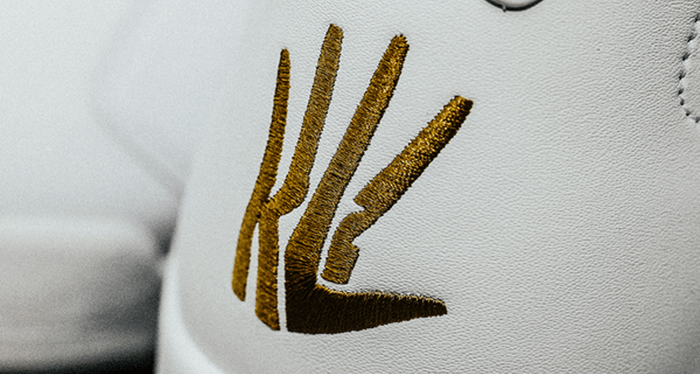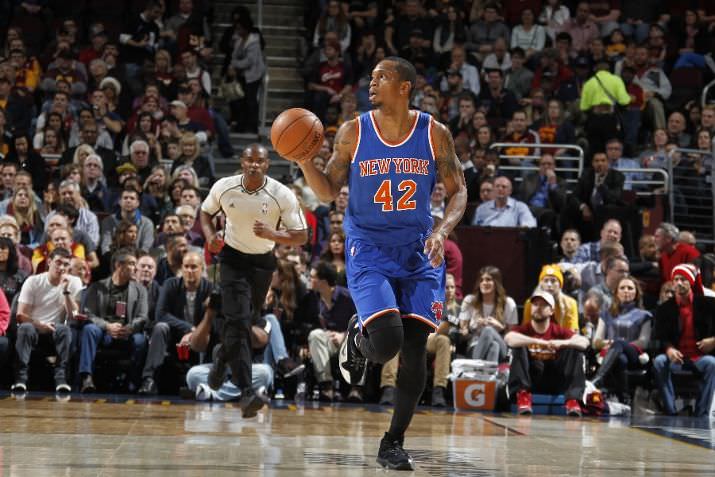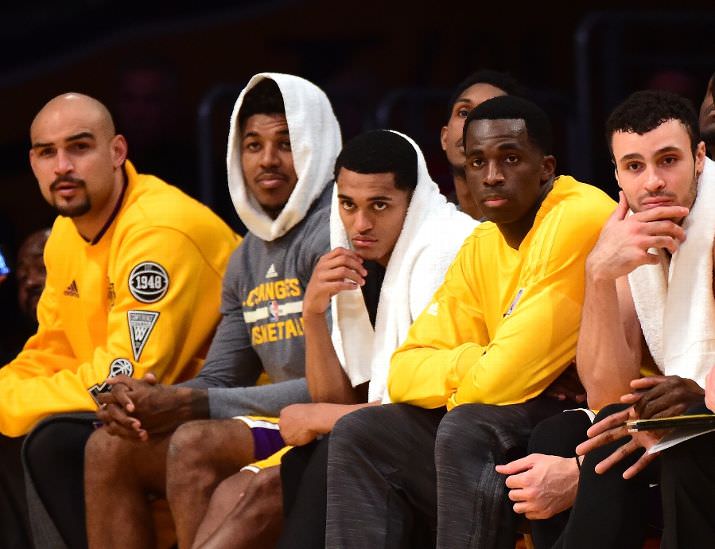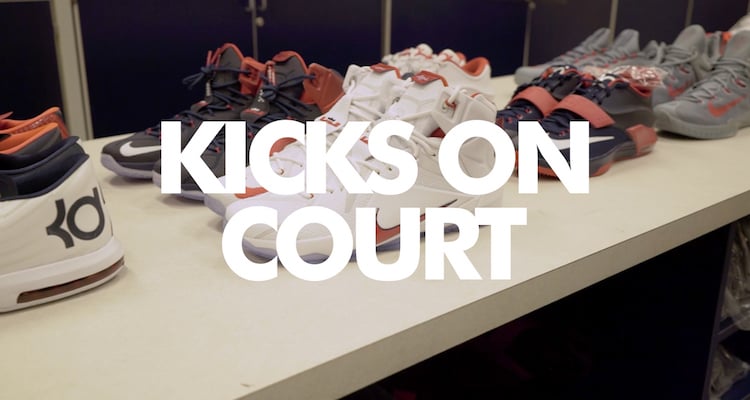This post may contain affiliate links. Please read our disclosure policy.
Sneaker prices are going up, way up. While shoe brands have long pushed the limits of price point while propelling positioning and technology, the game has too changed as the rise of reselling has altered perception of what actual market value is. As designer collaborations, lifestyle launches and retro releases continue to up the ante on the tag, we take a look at both sides of the climbing cost of kicks.
The Old Days
Basketball shoes have long been the catalyst for pushing up the price point of sneakers. Positioning, luxury materials and new technology have served as the explanation for the rising price on the majority of models that took the receipt damage to another level.
photo via pbshoesBack in the early 80s, the Three Stripes brought the concept of the $100 basketball shoe to the forefront in the form of the adidas Forum. A far bulkier build than the Pro Model, Blazer, Pro Leather or other contemporaries, the silo’s size and selling price further positioned the basketball shoe’s place in culture as a status symbol on and off the court. Later on in the decade, the endorsement power and marketing buzz associated with the Air Jordan line created more and more excitement for the signature shoe.
photo via Distinct LifeDuring the same time period, visible strides in technology saw Reebok Pump and Nike Air products pushing price point even more. In 1989, the Reebok reaching Nike Air Pressure retailed for a price of $170. Few shoes would hit these heights of tag listing during the 80s, but both the Pump and the Pressure would raise the ceiling and the middle ground for sneaker prices in the next decade.




